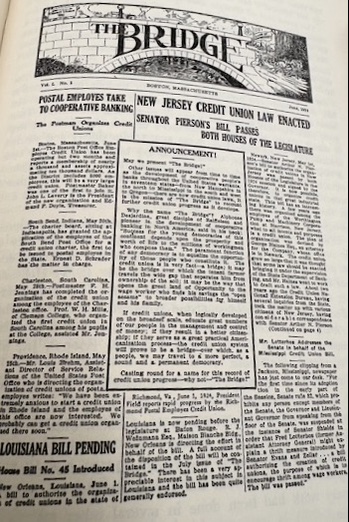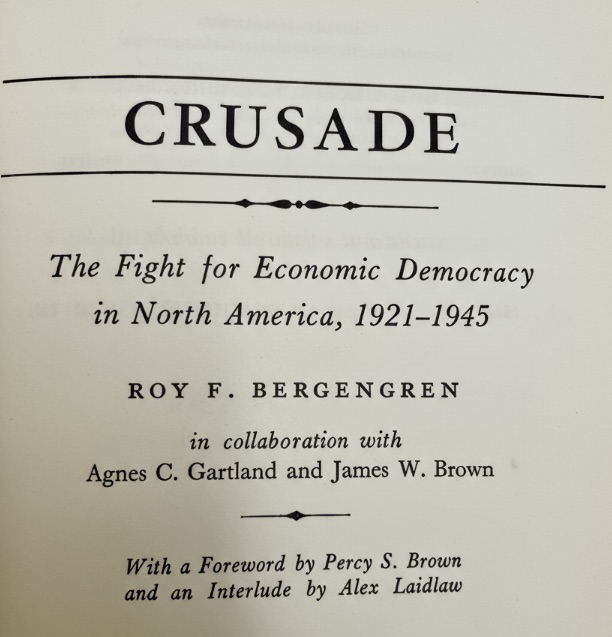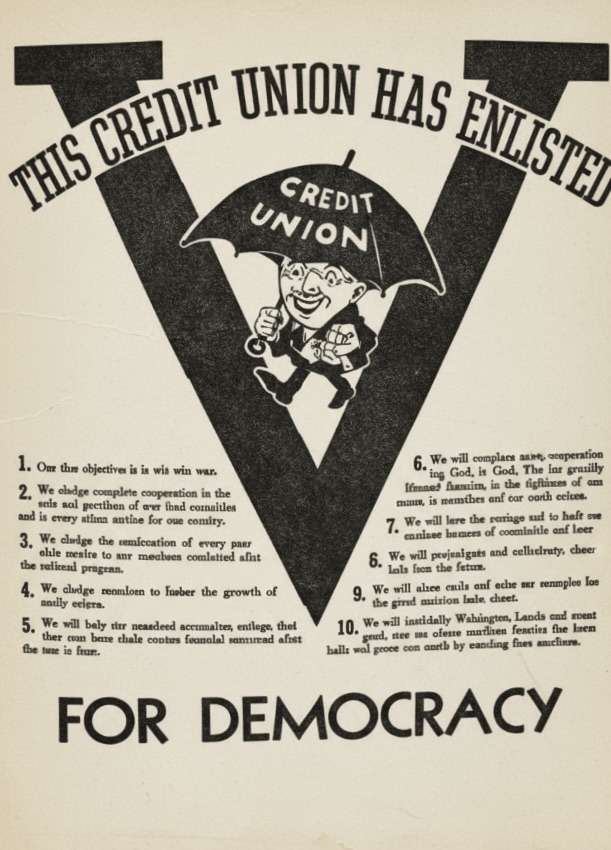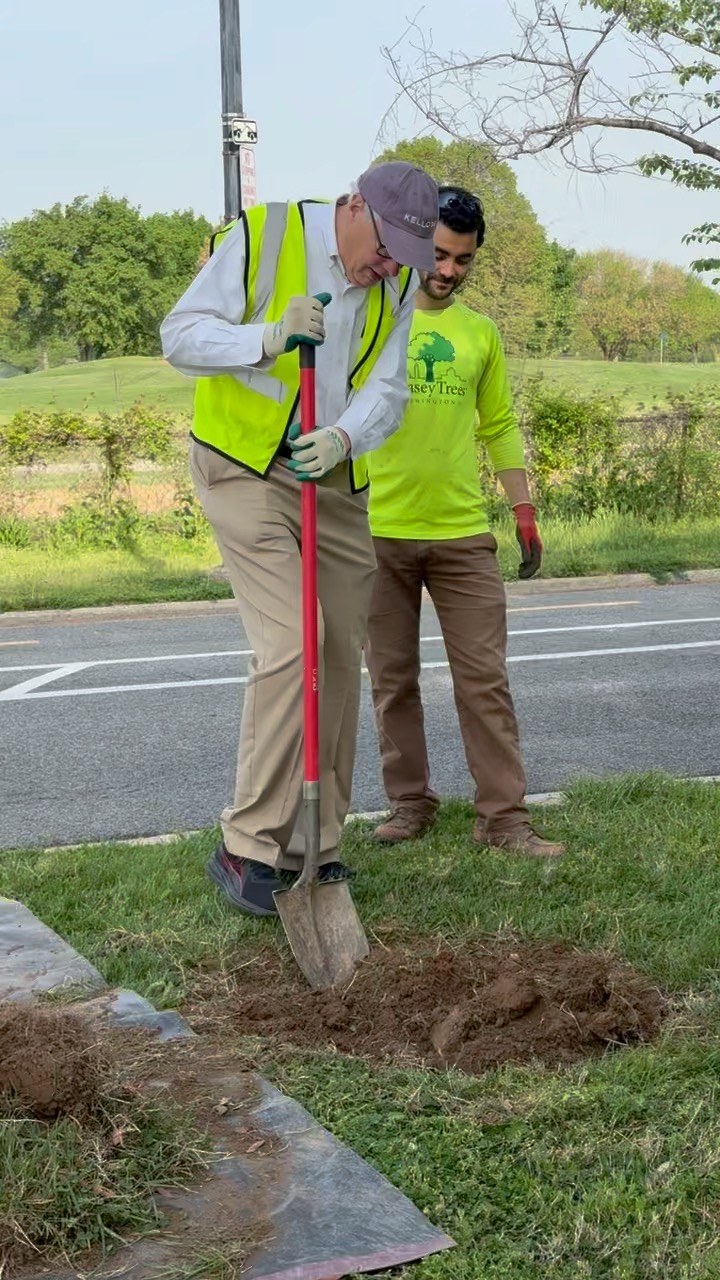In my December 9th post I included a preview from NCUA’s Video Network of the largest credit union conference ever held to that point in time.
That short 20 minute overview gave NCUA staff’s instructions for the meeting plus an introduction to the content for examiners and credit union attendees.
After the event was over, video highlights were edited and shared in NCUA’s Edition 18: The December 1984 National Examiners Conference in Las Vegas.
The 55 minute of outtakes focuses on three topics: common bond, the role of the regulator and the future of credit unions. Speakers include state regulators, CU CEOs, NCUA staff and other federal supervisors such as Richard Breeden, Martha Seeger, Ricard Pratt. NCUA Chair Ed Callahan provides opening and closing remarks, plus comments on what makes credit union’s truly unique.
Why This Event Is Relevant Today
Although this special gathering concluded 41 years ago, the event still speaks to credit unions today in that:
History Matters
From the truism “there is nothing new under the sun, to history never repeats, but does rhyme” there are multiple ways to learn from past events.
This video shows cooperative leaders in their most articulate and thoughtful approaches to the future. NCUA’s conference agenda of over 300 sessions of breakouts and general panels captured the movement’s advantage of sharing expertise and experience for everyone’s benefit.
Comments were sometimes controversial and often in disagreement, for example the need for a common bond. Or, “Trust in a financial institution is like virginity; once you lose it, it’s hard to get back.”
What Attendees Remember Today
Clifford Rosenthal: A personal memory of the big conference in Las Vegas. It was a big deal for me; I was new to my role serving as head of the National Federation. I still have the little lucite piece that was given to attendees.
Paul Horgan: (credit union CEO) Two recollections: NCUA and the Vegas meeting.
The meeting was innovation at its best. Communication was the key feature. Goodness, that was 41 years ago.
On Ed Callahan: Don’t remember the exact month and year but recall having the privilege of driving Ed from the Brainerd, MN airport to the league meeting…on the long drive I criticized the capitalization plan, he really listen then replied “Okay tell me your better idea.”
I guess today’s takeaway is “enjoy your friends before it’s too late.”
Mark Wolff (former NCUA employee):
Thank you for your post about the National Examiners Conference and for sharing the promotional video. Wow, watching it (and me in it!) was like going back in a time machine!
Being in the NCUA public affairs office at the time, I remember the sustained promotional effort to generate awareness and attendance. Along with the video I seem to recall regularly highlighting the conference in our newsletters and press releases that NCUA sent to credit unions at the time and in board members’ speeches to CU groups.
During the conference I remember being struck by how many people had attended and how crowded the hallways were between breakout sessions. At the time I’d never seen anything like it. We all had a nice feeling of accomplishment afterward.





